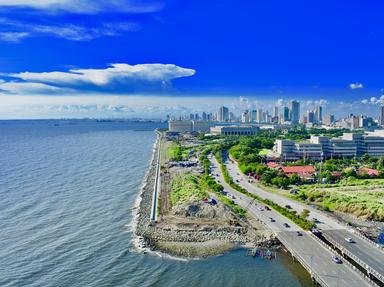Quiz Answer Key and Fun Facts
1. The circumstances behind the founding of Manila remain unclear. However, it is known that in its early history Manila was ruled from which nearby settlement that is the oldest-known named settlement in the Philippines?
2. What was the occupation of Limahong, a Chinese man who invaded Manila at least twice in the 16th century?
3. The British Occupation of Manila ended in 1764 with the signing of what treaty the year before?
4. The seeds of Filipino Independence were widely regarded to have been first planted in 1887 with the publication of which novel by Jose Rizal?
5. During the 1899 Battle of Manila, the Filipinos were led by which controversial soldier?
6. On December 24, 1941, Manila was declared an open city which should have allowed the Japanese to easily occupy it. What happened that night that was considered unusual?
7. Japanese general Tomoyuki Yamashita was executed for leading which atrocity that occurred in Manila toward the end of World War II?
8. In a symbolic move of independence, the Philippine flag was raised on July 4, 1946, at which location?
9. On October 1, 1975, which boxer won the Thrilla in Manila between Mohammad Ali and Joe Frazier?
10. What was the most infamous item discovered in Manila's presidential palace after protestors stormed in 1986?
Source: Author
Joepetz
This quiz was reviewed by FunTrivia editor
ponycargirl before going online.
Any errors found in FunTrivia content are routinely corrected through our feedback system.
